Rising Urbanization
The increasing trend of urbanization is a pivotal driver for the Smart Elevator Market. As more individuals migrate to urban areas, the demand for high-rise buildings escalates. This trend necessitates advanced elevator systems that can efficiently transport a larger number of people over multiple floors. According to recent data, urban areas are expected to house approximately 68% of the world's population by 2050. This demographic shift is likely to propel the Smart Elevator Market, as developers seek innovative solutions to enhance vertical transportation in densely populated regions. Furthermore, the integration of smart technologies in elevators can optimize traffic flow, reduce wait times, and improve overall user experience, making them an attractive option for modern urban infrastructure.
Sustainability Initiatives
Sustainability initiatives are becoming increasingly important in the Smart Elevator Market. As environmental concerns gain prominence, building owners are seeking energy-efficient solutions that align with green building standards. Smart elevators, equipped with regenerative drives and energy-saving features, contribute to reduced energy consumption and lower carbon footprints. The market is witnessing a shift towards elevators that not only meet operational needs but also adhere to sustainability goals. According to industry reports, the energy-efficient elevator segment is anticipated to grow significantly, reflecting a broader trend towards eco-friendly construction practices. This focus on sustainability is likely to drive innovation within the Smart Elevator Market, as manufacturers develop solutions that meet both performance and environmental criteria.
Technological Advancements
Technological advancements play a crucial role in shaping the Smart Elevator Market. Innovations such as artificial intelligence, machine learning, and IoT integration are transforming traditional elevator systems into smart solutions. These technologies enable predictive maintenance, real-time monitoring, and enhanced user interfaces, which significantly improve operational efficiency. For instance, the implementation of AI algorithms can analyze usage patterns and optimize elevator dispatching, thereby reducing energy consumption and wait times. The market for smart elevators is projected to grow at a compound annual growth rate of around 10% over the next few years, driven by these technological innovations. As building owners and managers increasingly recognize the benefits of smart elevators, the demand for these advanced systems is expected to rise.
Increased Focus on User Experience
The increased focus on user experience is a significant driver for the Smart Elevator Market. As competition among building developers intensifies, there is a growing emphasis on providing a seamless and enjoyable experience for users. Smart elevators equipped with advanced features such as touchless controls, personalized interfaces, and real-time information displays enhance user satisfaction. Furthermore, the integration of mobile applications allows users to call elevators and access building information conveniently. This focus on user-centric design is likely to influence purchasing decisions, as building owners seek to differentiate their properties in a competitive market. The Smart Elevator Market is expected to benefit from this trend, as innovations aimed at improving user experience continue to emerge.
Government Regulations and Standards
Government regulations and standards are increasingly influencing the Smart Elevator Market. Many regions are implementing stringent building codes and safety regulations that mandate the use of advanced elevator systems. These regulations often focus on enhancing safety features, energy efficiency, and accessibility for individuals with disabilities. Compliance with these standards is essential for construction projects, thereby driving the demand for smart elevators that meet regulatory requirements. As governments continue to prioritize public safety and environmental sustainability, the Smart Elevator Market is likely to experience growth. The need for compliance with evolving regulations may encourage manufacturers to innovate and develop smarter, safer, and more efficient elevator solutions.
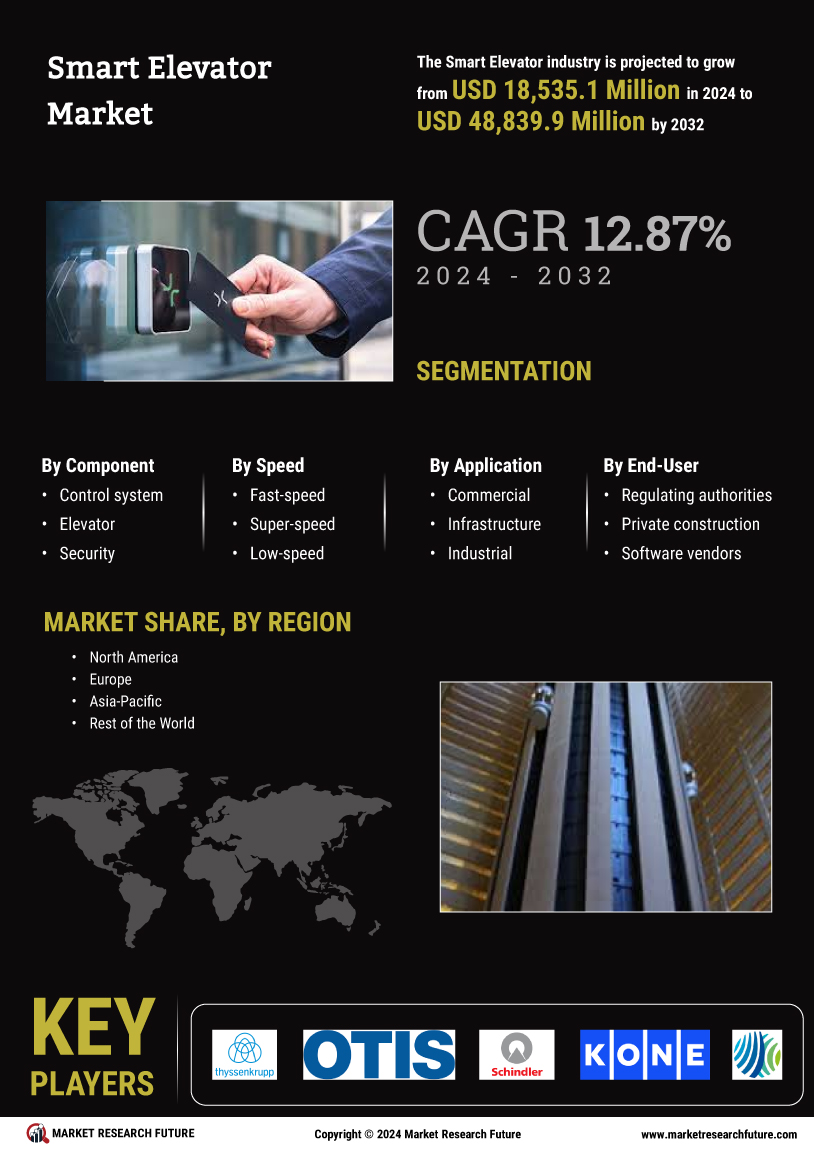

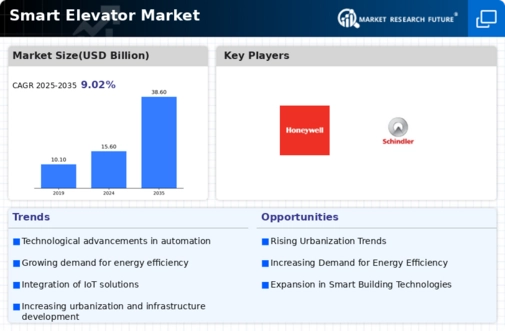
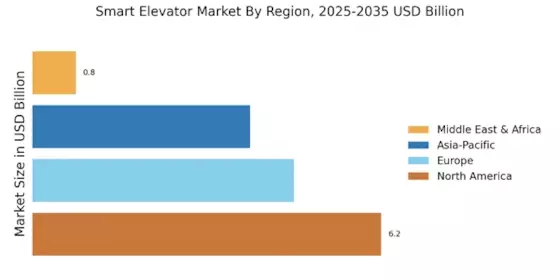

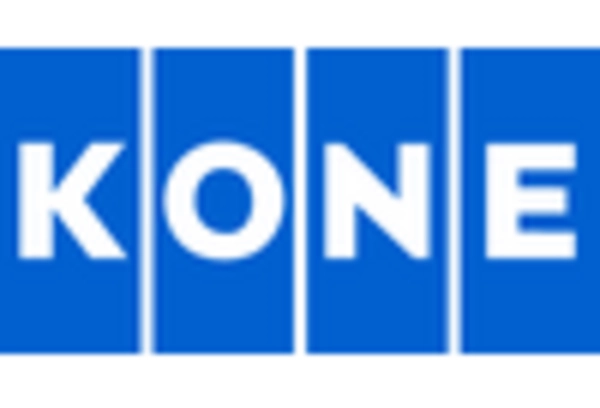

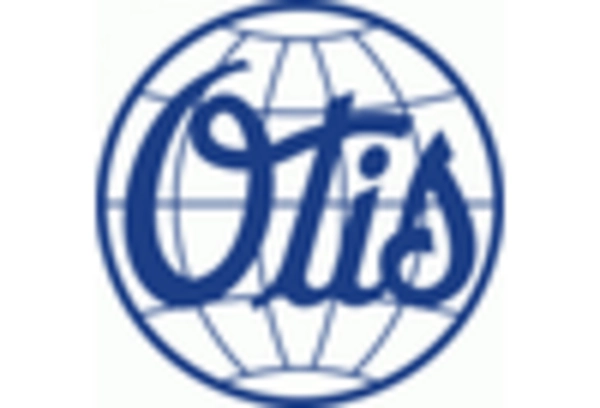
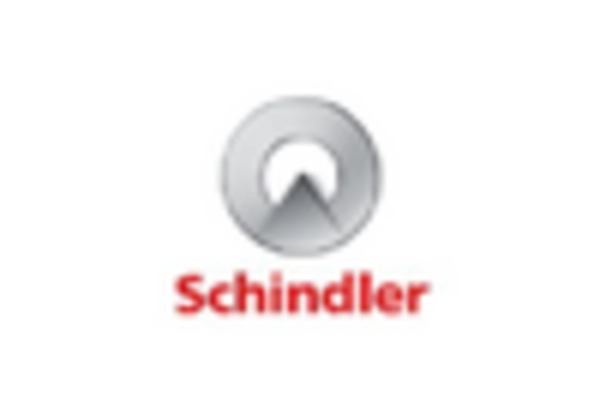
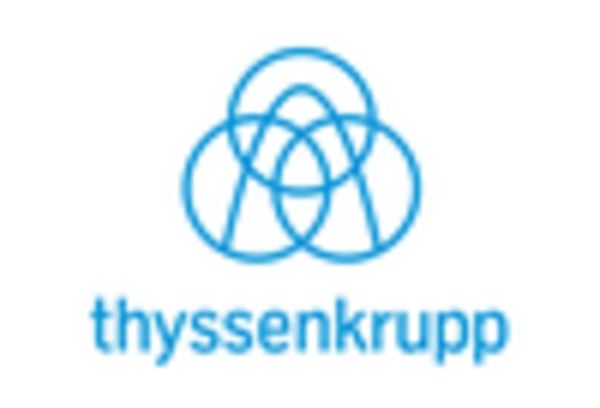








Leave a Comment